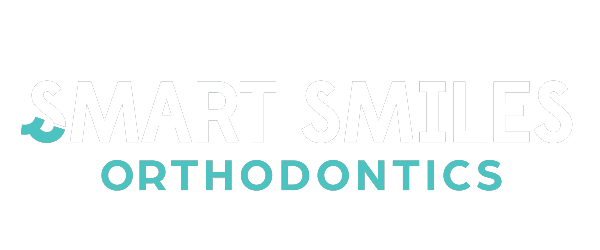Orthodontics has helped millions of people improve their smile and bite. The right devices can improve oral health, boost confidence, and provide many other benefits. If you’re curious about orthodontics, history offers a great place to start. Let’s dig into the evolution of oral healthcare appliances, including braces and aligners.
The Early History of Orthodontics
Since at least as early as Ancient Greece, medical practitioners have been exploring ways to improve tooth positions. By the 16th century, medical students in France were specializing in oral healthcare and treatment. Pierre Fauchard published “The Surgical Dentist” in 1669 and crafted a U-shaped iron appliance called “the Bandeau” to expand the palate and create room for more teeth. By 1692, Matthaeus Purmann was making dental impressions using wax.
Early attempts at crafting oral appliances were quite crude but by the early 19th century, wire cages and other devices vaguely resembling modern braces were appearing. Christophe-Francois Delabarre is widely credited with inventing modern braces in 1819, although you should take the word “modern” with a grain of salt. They were still quite primitive by today’s standards.
The Evolution to Modern Aligners
Technologies and treatments continued to advance and, according to the American Association of Orthodontists, orthodontics became the first recognized dental specialization in 1900. By the early 20th century, the term “braces” was already coming into widespread use. Initially, wires were wrapped around teeth to make braces because there was no known bonding agent to keep them firmly in place.
While such primitive braces could straighten teeth, patients often had to endure a fair amount of pain. By the 1970s, adhesives and stainless-steel braces were beginning to appear. These braces typically used a lot more metal than traditional braces today. However, they were a huge improvement over earlier variations both in terms of comfort and effectiveness.
In 1997, another revolution emerged: Invisalign. These clear aligners fit over the teeth and can easily be removed while you’re eating or when you need to clean them. This makes them much more manageable for many patients. Since Invisalign hit the market, some other clear aligners have also appeared, although Invisalign remains an industry leader.
These days, both traditional braces and invisible aligners are more effective and easier to wear than ever before. Treatment will continue to advance, but if you want to straighten out your smile and boost your confidence, there’s no time better than now to use orthodontics. Get in touch with our team at Smart Smiles if you’d like to learn more!

